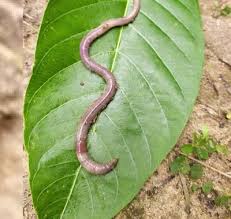Kanchuria tripuraensis and Kanchuria priyasankari:

Two new species of earthworms—Kanchuria tripuraensis and Kanchuria priyasankari—were recently discovered in Tripura, marking a significant contribution to the scientific understanding of soil biodiversity in the region.
- Kanchuria tripuraensis and Kanchuria priyasankari are two new species of earthworms discovered in Tripura.
- Kanchuria tripuraensis has been named after Tripura, where it was found thriving in rubber and pineapple plantations — highlighting the ecological diversity of even agriculturally modified landscapes.
- Kanchuria priyasankari is a tribute to Priyasankar Chaudhuri, whose four-decade-long dedication to earthworm taxonomy has placed Tripura on the national and international map for soil biodiversity studies.
- tripuraensis is unique within its genus for having single ventromedian spermathecae in segments 7 and 8—a distinguishing morphological feature.
- priyasankari, a member of the turaensis species group, is characterised by its comparatively smaller size and a distinctive spermathecal structure that sets it apart from its close relative, K. turaensis.
- With these additions, the genus Kanchuria—which is endemic to Northeast India—the genus count reaches 10.
- This discovery also raises the number of documented megadrile earthworm species in Tripura to 38, cementing the Eastern Himalaya–Northeastern Hills as the second-richest region in India in terms of earthworm diversity.




